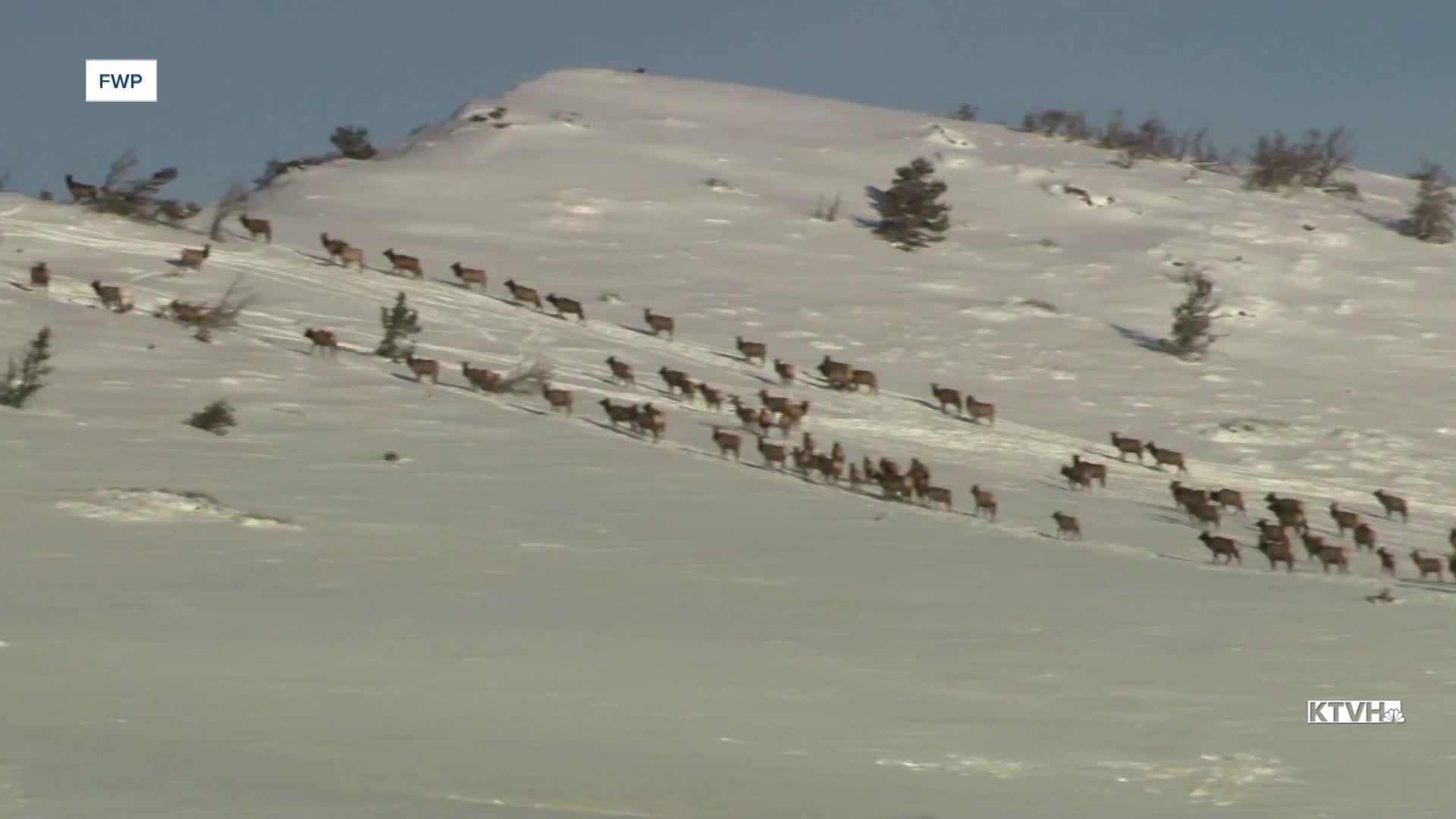HELENA — HELENA- Many Montana hunters are concerned about overcrowded hunting areas — but are nonresidents to blame?
According to Montana Outfitters and Guides Association Director Will Israel, the number has stayed relatively steady.
“On average, big-game nonresident hunters, we see 30,000 to 35,000 per year as the total number,” Israel said. “And for small-game hunters — which would be upland bird, turkey, so on and so forth — I think you’re probably around 15,000 to 20,000. So in total, it hovers around that 50,000 mark of nonresident hunters that come here every year.”
Montana Fish, Wildlife and Parks focuses on two key numbers: actual hunters and hunter-days. Hunter-days represent the total number of hunters multiplied by the number of days they hunt. The agency tracks data for all hunters, both resident and nonresident. For this comparison, we’ll look at elk hunting data from 2014 to 2024 — elk being one of the state’s most popular game species.
In 2014, 16,357 nonresidents came to hunt elk, logging 126,926 hunter-days. In 2024, 20,066 nonresidents hunted elk in the state, spending 153,834 hunter-days — a 21% increase in hunter-days.
Comparatively, the rise in resident hunters has remained nearly flat over the 10 years. In 2014, 91,307 residents hunted elk, and 10 years later, the number rose slightly to 91,903. Meanwhile, resident hunter-days increased from 818,301 to 946,480. That means resident hunters are spending more time in the field — 128,179 more hunter-days, or about a 16% increase.
Nonresident elk harvests have risen 25% over the decade, from 5,076 elk in 2014 to 6,342 in 2024.
Resident hunters harvested 20,559 elk in 2014 and 21,846 in 2024, a 6% increase.
Overall, elk harvests increased from 25,735 in 2014 to 28,188 in 2024 — a 10% rise.
Whether from Montana or not, hunters spend big in the Treasure State.
“Nonresident hunters and resident hunters really empower Montana’s economy and enhance rural communities. One thing to consider with nonresident hunters and anglers — every dollar that comes into the state, that’s a new dollar generated for our state’s economy, and it’s not a small amount. When you look at the totality of hunting and fishing in Montana, it starts to get into the billions of dollars,” Israel said.
Starting in 2026, the base fee for nonresident hunters will increase from $15 to $50. Eighty percent of the fee will go toward block management and public land access in the Treasure State.





